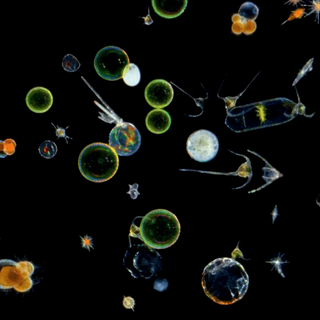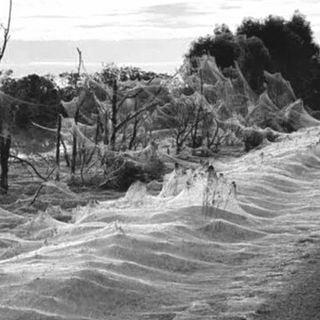The value of a river is frequently attached to the water it contains. This means that when 51% of the world’s rivers run dry, or remain still, for at least one day per year, they are seen as less valuable.
But scientists recently argued that rivers that run dry are far more important than they seem from a conservation and biodiversity perspective. These findings, published in Nature, both function as the first attempt to map out the world’s waterways, and also address river conservation in a more holistic manner.
As climate change worsens, most rivers will switch from perennial (constant stream through the year) to non-perennial (still) water flow. In this case, researchers identified the number of non-perennial rivers across the globe, showing how ubiquitous they are. Research into their functioning and utility will also help address the adjustments river biodiversity will have to endure when river water flow changes.
“These rivers can provide critical water and food sources for people and they play an important role in controlling water quality,” ecohydrologist Mathis Messager, from McGill University in Canada, said in a statement.
“But more often than not they are mismanaged or altogether excluded from management actions and conservation laws as they are simply overlooked.”
Related on The Swaddle:
Nearly All of the World’s Rivers Have Been Ravaged by Human Activities: Study
“The foundational concepts of river hydrology, ecology, and biogeochemistry have been developed from and for perennial waterways, and as a result, have all traditionally assumed year-round surface channel flow,” the authors write. Previous studies have also pointed out that non-perennial rivers are not given the same importance as perennial rivers.
These rivers may also run dry for several reasons. In colder climates, rivers may freeze, and in warmer climates, they may evaporate. But scientists state that the rise in global warming and rapid changes in land use have made several large rivers non-perennial, including the Nile in Egypt and the Godavari in India.
Despite this, still waters are critical to biodiversity — they become sources of freshwater, help trap floodwaters, refill groundwater, reduce pollution, and provide important habitats for flora and fauna. Ignoring them is a mistake particularly during the climate crisis, researchers warn.
“Non-perennial rivers and streams are very valuable ecosystems as they are home to many distinct species that are adapted to cycles of water presence and absence,” Messager said.




